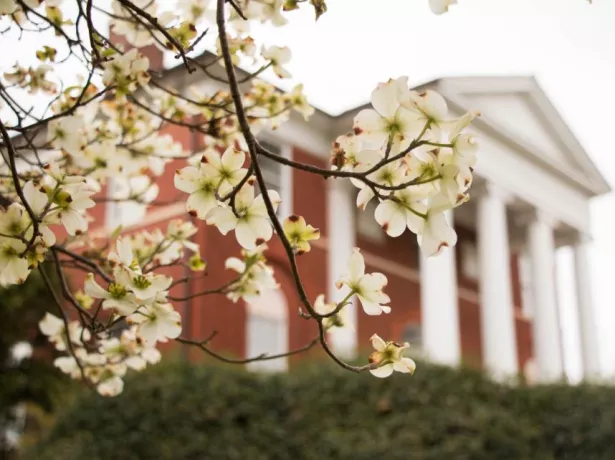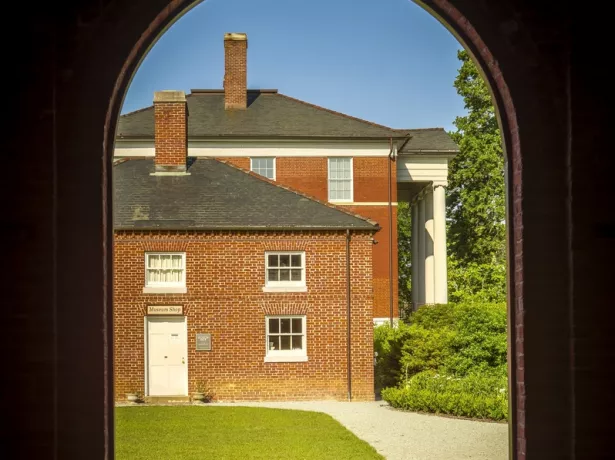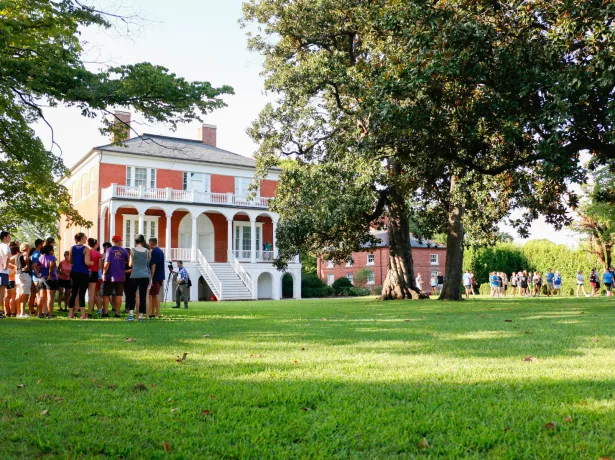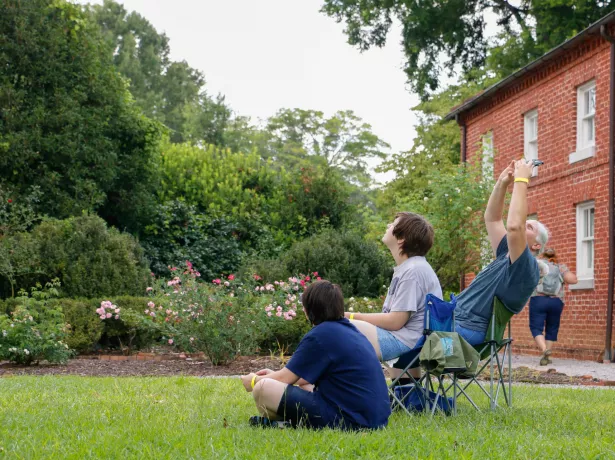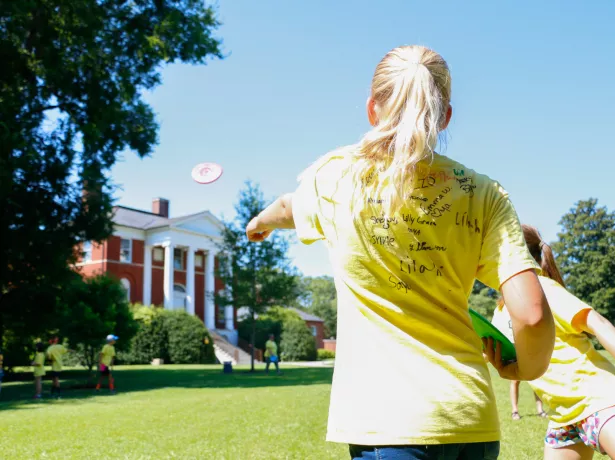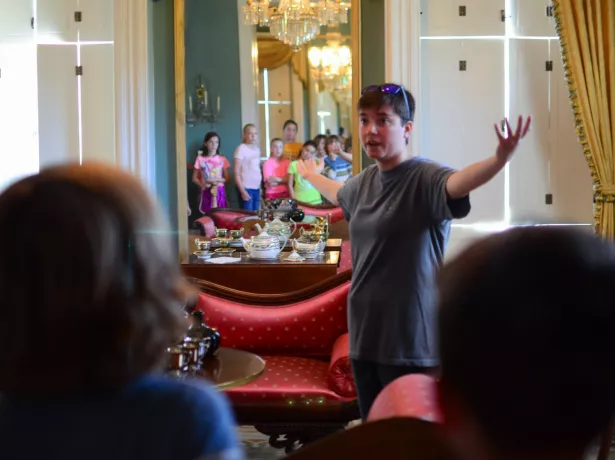Robert Mills House and Gardens
Robert Mills House and Gardens
One of only five National Historic Landmarks in Columbia, the Robert Mills House showcases the skill of the architect who designed some of our nation's most prominent buildings, including the Washington Monument.
New Exhibit Now Open
As part one of a bold reinterpretation of the Robert Mills House, this exhibit transforms its popular warming kitchen into a sensory-rich “test kitchen” for reimagining history. Featuring hands-on activities, immersive storytelling, and interactive audio wands, Heat & Hardship: The Hidden Labor of Enslaved Cooks invites you to listen as:
◆ Robert Mills discusses his views on design and slavery
◆ Sarah Hall worries over how her food is prepared
◆ An enslaved cook struggles with memory, separation, and resilience.
This new exhibit is a part of the regular Robert Mills House tour. Get your tickets today to experience history like never before!
History
Today, we know it as the Robert Mills House, named in honor of its designer. But when work began in 1823, the Classical Revival mansion was known as the Ainsley Hall House, as it was intended to be a fine townhome for Ainsley and Sarah Hall. Instead, circumstances led to the property being used as a campus for three different religious schools, including a Presbyterian theological seminary and Columbia Bible College.
Abandoned and threatened with demolition in 1960, the early 19th century architectural masterpiece became a lightning rod for historic preservation advocates, who banded together to form Historic Columbia. Today, the Robert Mills House operates as a historic house museum featuring period rooms and focus galleries highlighting late-18th through mid-19th century decorative arts.
Gardens
The gardens of the Robert Mills House are unique among historic sites for utilizing a historically appropriate English Formal design, while employing plant species native to the Eastern United States. From open, naturalistic spaces featuring large canopy trees to the clipped hedges of formal parterres, the grounds of the Robert Mills House have something for everyone.
Due to its use by educational and religious institutions, the grounds of the Robert Mills House never featured ornamental gardens. After Historic Columbia saved the property in 1961, the organization installed gardens in the English Formal style that would very likely have been preferred by the site’s first owner, Ainlsey Hall. As these aging spaces begin to require renovation, Historic Columbia began utilizing species native to Eastern North America both to increase the ecological value of the site and serve as an inspiration to the gardening public.
Our horticulture experts have cataloged every plant on our six historic properties—view the garden database.






